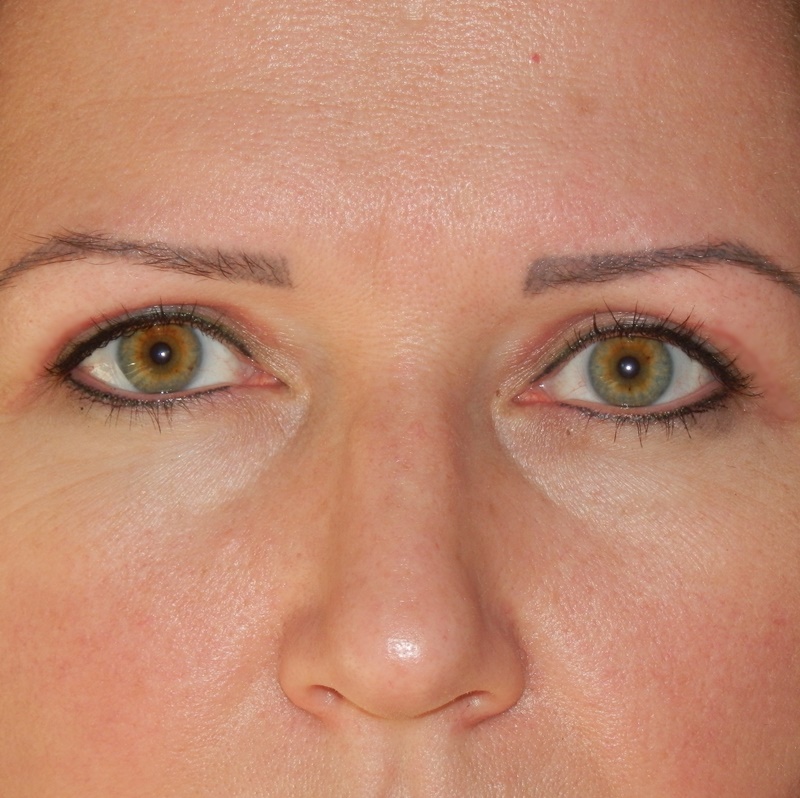
Botox in your bladder: Does it work? Many people are curious about this treatment. Many suffer from neurogenic bladder and overactive detrusor muscle. This topic can be complicated to research. This article will explain the benefits and the costs of the treatment. We'll also be discussing what to expect when going in for Botox bladder treatment. Hopefully, the information will be useful.
Botulinum toxin
While the ideal medical treatment for OAB is a single dose, studies have demonstrated that repeated treatments can help improve bladder function in patients. Denys et al. Patients who did not respond to the initial treatment for neurogenic bladder had their performance improve with repeated treatments. Refractory symptoms are not associated with repeated Botulinum Toxin treatments.

Neurogenic bladder
Neurogenic bladder refers the various disorders of sphincters, bladder and kidneys that cause high levels intravesical pressure when voiding and storage. The basic objectives of urological treatment to neurogenic bladder are to protect the urinary tract against potential complications and improve continence in older patients and children. This article will cover the current use of botulinumtoxin to treat neurogenic bladder problems in children. This type of therapy is a promising alternative to surgery and other treatments.
Neurogenic overactivity
Botulinumtoxin A (Botox), a Botulinumtoxin A (Botox), has been increasingly used to treat neurogenic dtrusor overactivity (NDOA), a condition that refracts from antimuscarinic medicines. We evaluated the effectiveness of BoNTA in treating adult neurogenic dertrusor overload activity.
Treatment cost
Botox bladder treatment can be done outpatient and is very affordable. Botox bladder therapy costs about $500. The doctor will run a urine test to make sure that your bladder is not inflamed. The doctor will then administer Botox to you once the doctor has cleared the procedure. The procedure will numb the bladder and urethra. The Botox will take between 20 and 30 minutes to fully kick in.

Side effects
Botox injections in the bladder can cause temporary side effects. Symptoms may include blood in the urine or burning during urination. A temporary catheterization is necessary if a patient experiences urinary retention after the procedure. A follow-up visit is required at approximately one to two weeks after the procedure. If you have additional urinary retention, your doctor can prescribe antibiotics. However, the procedure can have side effects.